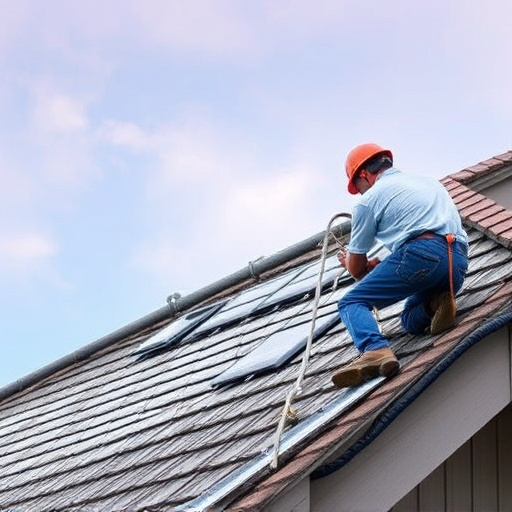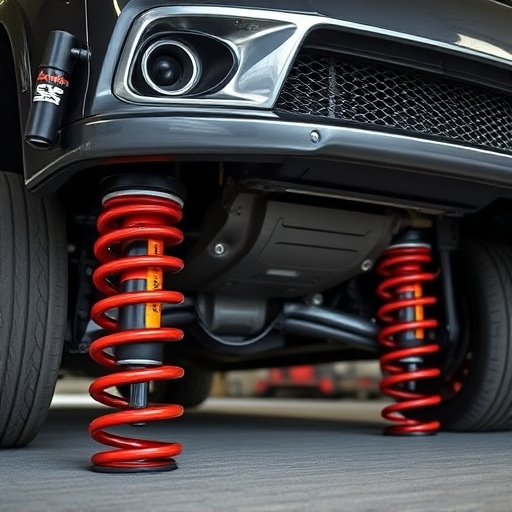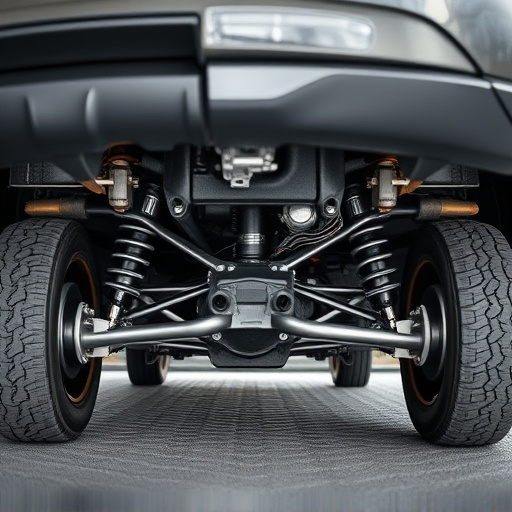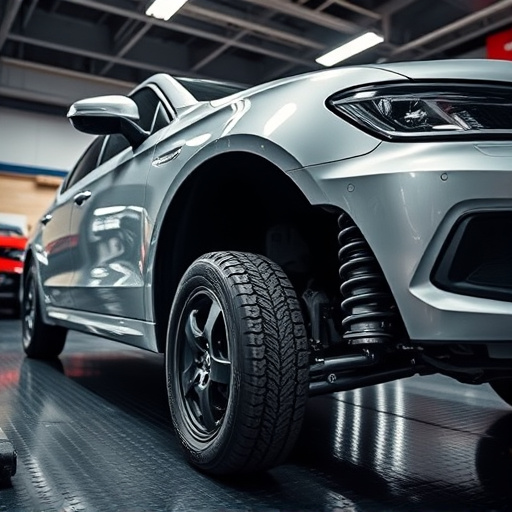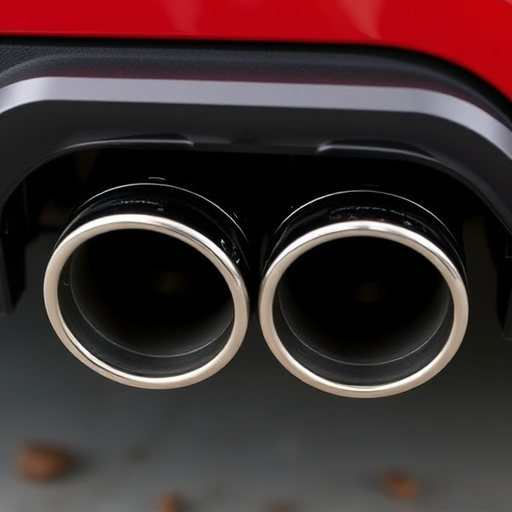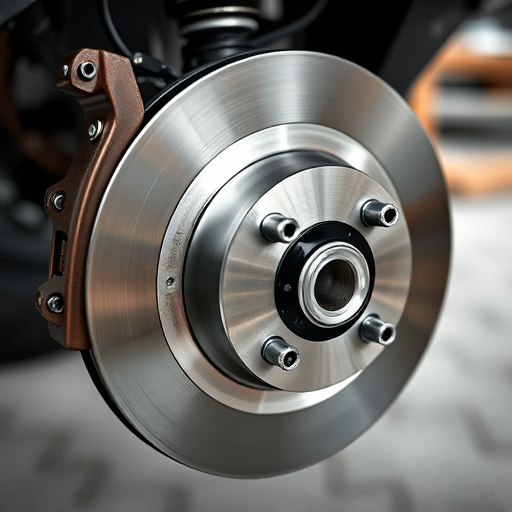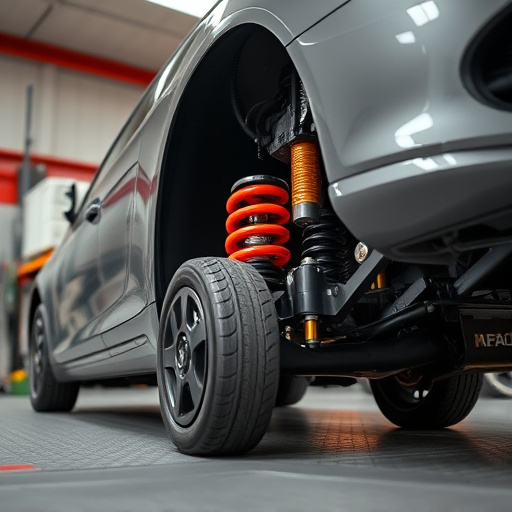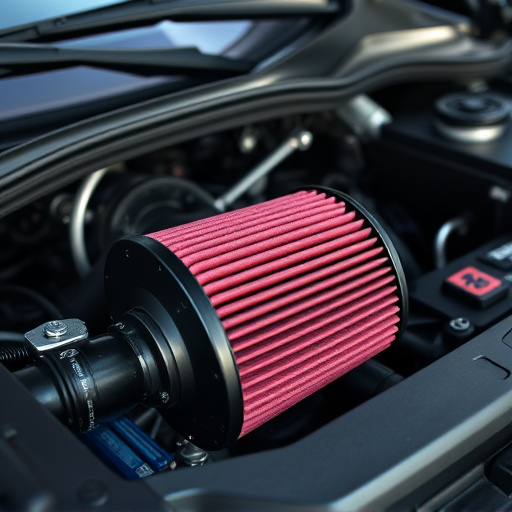Drop-in air filters offer a straightforward way to enhance vehicle performance, particularly acceleration, by providing cleaner and more efficient air intake. These filters, designed as direct replacements for stock models, boast open flow designs that boost airflow, leading to improved engine combustion and power. However, their effectiveness varies across vehicles, depending on make, model, engine condition, and design. For best results, combining drop-in filters with other tuning methods can yield more substantial gains in engine performance. While popular among enthusiasts, it's crucial to note that API errors suggesting data unavailability may indicate limited guaranteed success for every vehicle type.
A simple upgrade like a drop-in air filter can surprisingly have a significant impact on your vehicle’s performance, especially when it comes to acceleration. This article delves into the science behind this seemingly minor component and how it contributes to faster 0-60 times. We’ll explore the benefits of improved airflow, its effect on engine power, and practical tips for choosing the right drop-in air filter for your car or truck, offering insights that every automotive enthusiast should know.

A drop-in air filter, as the name suggests, is a direct replacement for the stock air filter in your vehicle’s engine. It’s designed to fit seamlessly into the existing air intake system, offering an easy and quick upgrade option for car enthusiasts looking to enhance their ride’s performance. The primary function of an air filter is to ensure that only clean, optimal-quality air reaches the engine. However, not all filters are created equal, and high-performance drop-in air filters can significantly impact acceleration.
These advanced filters are engineered with a more open flow design, allowing for increased airflow. This enhanced airflow can lead to better combustion, as the engine receives a steady stream of clean air, resulting in improved power and acceleration. Many performance enthusiasts report noticeable gains in throttle response and overall engine efficiency when installing a high-quality drop-in air filter.
API responded with status code 504.

When it comes to enhancing a vehicle’s performance, particularly its acceleration, many enthusiasts and mechanics alike often turn their attention to the air filter. The idea behind installing a drop-in air filter is to provide a more direct route for air intake, allowing for increased airflow to the engine. This simple modification is believed to offer significant gains in power and responsiveness.
However, it’s essential to understand that a 504 Gateway Timeout error from API responses might indicate that the expected data isn’t readily available or accessible. In this context, while a drop-in air filter can potentially improve acceleration by increasing the oxygen supply to the engine, it is not a guaranteed solution. The impact may vary depending on various factors, including the vehicle’s make and model, engine condition, and overall design. Optimal performance gains are often achieved when combined with other tuning techniques for a well-rounded approach to enhancing engine performance.
A drop-in air filter can indeed enhance engine performance, including improved acceleration. By increasing the airflow and efficiency of the combustion process, these filters allow for better fuel ignition and burning, resulting in a more powerful and responsive vehicle. This simple modification is an affordable way to gain noticeable gains in speed and overall driving experience without significant changes to the engine’s hardware.
